The growing role of charitable donations in higher education
Some universities experiencing record-breaking giving, but clarity is important to avoid misunderstandings.

Bill Tatham says the most meaningful gift he’s made to the University of Waterloo isn’t the $4 million he donated to help build the largest co-operative services building at a Canadian university, which bears his name. Nor is it the $1 million he later gave for a new student lounge.
It’s the $1,000 he provided a few years ago to a student-led fundraising drive to restore study carrels in the arts library of his alma mater. “That gave me great personal pleasure,” said Mr. Tatham, a U of Waterloo graduate who found his vocation – designing and building computer business information systems – during a co-op term at IBM in the early 1980s. He went on to found Janna Systems, a financial services software company that he sold for more than $1.76 billion in 2000.
As a student, Mr. Tatham spent countless hours at a particular study desk that all three of his children later used when they attended U of Waterloo. “It was my refuge on campus, especially on cold winter days when I had classes that were hours apart,” he recalls. “It saved me from having to make the long walk back to my apartment along an abandoned railway track.” For Mr. Tatham, giving is a way to reinvest in places, institutions and causes that benefit society and touch people’s lives, including his own. “My focus is on making a difference,” he says. “I get tremendous joy when I see the positive impacts and reactions that a gift can bring.”
Seeking financial contributions from donors like Mr. Tatham has become a growing priority in the postsecondary sector. Gifts, grants and donations of money, property, art or equipment from private donors, charitable trusts, foundations and funds have come to play a key role in helping to sustain and enhance an academic community where learning and knowledge can flourish.
More than 250,000 individual Canadians, foundations, trusts, corporations and other groups gave more than $1.7 billion to the country’s postsecondary institutions in 2021, which works out to nearly $1,700 for each full-time student. That’s according to a survey on charitable giving to higher education in Canada by the Canadian Council for the Advancement of Education and the Washington, D.C.-based Council for Advancement and Support of Education.
The survey, which involved 54 Canadian universities, colleges and institutes (including many of the largest postsecondary institutions), is the most recent and comprehensive study on the issue of philanthropic funding for education in the country. The results also show that donors designated a quarter of the funds for student financial aid, another quarter for research programs, and yet another for capital projects.
According to Statistics Canada, government funding still accounts for the largest share of revenue for universities and degree-granting colleges, at 46 per cent, followed by student tuition fees at 29 per cent. But a shrinking pool of public money and higher education costs have put a premium on private donations.
And in an age of unheralded wealth in Canada, which is home to more than 50 billionaires and 1.7 million millionaires, most universities have established teams of advancement staff who are responsible for identifying, cultivating and soliciting donations from potential benefactors of all stripes. Especially those capable of making mega-donations that can have a major impact.
“We have 330 people across the university spectrum involved with advancement. It’s a huge team,” says David Palmer, vice-president of advancement at the University of Toronto. “Government and tuition funding help to sustain U of T in its core activities, but gifts help in the pursuit of excellence and innovation that extends the impact of our research and teaching mission. Fundraising at U of T, like at all Canadian universities, is in service to the academic mission and its approved academic priorities.”
U of T received a record $445 million in charitable donations in 2021, an amount that Mr. Palmer calls “unprecedented” for a Canadian university. Roughly two-thirds of that amount came from more than 21,000 donors, he says, and the vast majority of them gave between $5 and $5,000 on either a recurring or one-time basis.
Last year’s record performance came on the heels of the $2.64 billion the university raised with its “Boundless” campaign, which ran from 2011 to 2018. There was also an eye-popping individual gift of $250 million secured in 2020 from non-alumni philanthropists James and Louise Temerty to fund, among other things, a new centre for artificial intelligence in health care at the newly renamed Temerty Faculty of Medicine. That gift is the largest of its kind in Canadian history, surpassing a $200 million donation made to McGill University in 2019.
In the last few months, Université de Montréal has also been making headlines thanks to two back-to-back record-breaking donations. It received $40 million in February and $159 million in April. The most recent comes from the Courtois Foundation and is the largest donation given for the natural sciences in Canada. It will also help create the Courtois Institute, which will support materials research.
Building relationships
For Mr. Palmer, the key to netting larger and repeated donations is engaging and building relationships with both alumni and potential donors who have personal or business ties to an institution.
“The data is clear,” he says. “You must take the time to get to know them and develop a relationship that results in gifts, especially nine-figure ones. I think people give to create change, and donors are intellectually or personally engaged in subjects like climate change, or the future of cities, or social equity, that are big and complex problems that require equally complex solutions. Big universities like ours are ideal places to engage and address these issues because they have multiple areas of strength and talent and resources and international leadership and expertise. If you can find alignment and demonstrate to donors the impact that is possible, you can find common ground for a significant gift.”
“Donors love funding students to help make university as accessible as possible. Many were themselves recipients of scholarships and bursaries as students and they want to give back.”
Heather McCaw agrees. As vice-president of development and alumni engagement at the University of British Columbia, she says most of the private donors who give some $210 million to her school each year are eager to help drive research and support students in areas that intersect with their philanthropic goals. “Donors want to be part of change,” she says, “so about 40 per cent of that money goes to research.”
The other big winner, she adds, is financial aid to students, which accounts for around 45 per cent of the overall number of gifts. “Donors love funding students to help make university as accessible as possible. Many were themselves recipients of scholarships and bursaries as students and they want to give back.”
Ms. McCaw points to several initiatives that are supported by donations, such as a new scholarship pilot program that provides financial aid and a range of other supports to Black undergraduate students. The goal of the renewable program, which was seed funded by an estate gift, is to support 100 students over the course of four years. “Part of our mission is to provide opportunities for all through equity, diversity and inclusion, she says. UBC also provides reports to its donors to update them on how their money is being used. “We talk to them regularly,” she says. “Existing donors are our best prospects for future gifts.”
Navigating potential pitfalls
Problems can arise, however, if and when misunderstandings occur regarding the use and expectations of large donations.
Vancouver lawyer Peter Allard gave UBC $30 million in 2014 in return for a number of agreed conditions, including having the school’s law faculty renamed in his honour. Five years later, he filed a petition in B.C.’s Supreme Court to ensure his name appears on all UBC law degrees. Ms. McCaw says the case, which the court dismissed in 2021, is “a big reminder” about the need for clarity on both the expectations and the implementation of gifts. “We need to remember that different parties come into discussions with different focuses,” she says. “It’s important to spend time and energy on the details of donations to avoid misunderstandings down the road.”
David Robinson, executive director of the Canadian Association of University Teachers, says there is a long tradition of charitable donations and giving to universities in Canada. But problems can arise for academic freedom and university autonomy and integrity if donors think their gifts can buy them influence.
“There need to be proper policies and procedures in place,” says Mr. Robinson, citing several donation-related issues that have arisen at Canadian universities over the past several decades. To avoid problems, he recommends that schools develop guidelines that protect academic freedom and university autonomy, such as those published by the U of T’s provost office last November.
Mr. Robinson is also concerned that the lion’s share of university donations in Canada go to the biggest schools with the highest public profiles. “With public funding being cut, institutions are looking for increased revenues from foreign students and philanthropy to substitute for core funding,” he says. “Small regional universities risk getting left behind.” Brigitte Alepin, a taxation professor with the Université du Québec en Outaouais, says that risk is very real in Quebec. Charitable donations secured by the 18 universities in la belle province are not taken into account when funding envelopes are divided between them.
“It creates and deepens inequalities and disparities,” says Ms. Alepin, who has long called for a public inquiry into the issue. It’s made worse, she adds, because the Quebec government matches university donations, which can bring a tax credit for donors (or a tax deduction, if they are corporations) to the tune of about 50 per cent. Those tax incentives represent an important form of indirect public funding, Ms. Alepin says, and until now they haven’t been considered when universities and the province are discussing how to divvy up public money.
For many French-language universities in Quebec, however, which traditionally looked to government and the Catholic Church for funding, private philanthropy is a relatively new and untapped resource that is starting to pay big dividends. Quebec’s Minister of Economy and Innovation Pierre Fitzgibbon recently hinted at this, when he commented on the “very generous” $159 million donation made to the Université de Montréal. He said he hopes to share more of this type of “good news” in the future.
“With public funding being cut, institutions are looking for increased revenues from foreign students and philanthropy to substitute for core funding. Small regional universities risk getting left behind.”
Meanwhile, at Université Laval, the millions of dollars it has raised in seven major fundraising campaigns since its creation has helped to transform the 170-year-old institution into a world-class research university. “To stay in the avantgarde, Université Laval must continue to reinvent and re-imagine, especially through the development of new teaching and research programs,” says Alain Gilbert, general manager of the university’s non-profit foundation, which handles advancement activities.
According to Mr. Gilbert, charitable donations help ULaval, the oldest French-speaking university in the Americas, to build and equip the modern facilities it needs to attract and retain top talent. “That is even more crucial since 2020 and the advent of the pandemic,” he says. “Our research community contributed greatly to finding solutions to control and diminish the spread of COVID-19 and to understand and evaluate the effects of the crisis on our public health system, our economy and the general population.”
Lisa Browne, a veteran fundraiser who was named the first vice-president of advancement at Memorial University last June, says both the alumni and people of Newfoundland and Labrador have a similar respect and fondness for their province’s lone university. She hopes that will translate into an increase of charitable donations under her watch.
“Our job is to excite the donor by letting them know where and how their money is going to be used, whether it’s scholarship money or on an entrepreneurial centre,” she says. “We work hard to make that match [and] to engage alumni, so they have the chance to participate as donors and introduce us to other potential donors.”
It was a similar alumni outreach effort that led to the first of Mr. Tatham’s donations to his alma mater, after what he calls his “liquidity event” – the billion-dollar sale of his software company – left him with no job but a ton of money. “Fortunately, I had a friend on U of Waterloo’s board and an uncle who was very community minded,” he says. “They helped me to understand the importance of giving back.”
The reaction he received to his speech at the dedication ceremony of the William M. Tatham Centre only added to his philanthropic zeal. “My old professors said they were proud that one of their former students had done this,” recalls Mr. Tatham, who later began hosting dinners at his Toronto home that helped bring about a $60 million grant for a project at York University. “That gave me a great sense of pride and a desire to do more.”

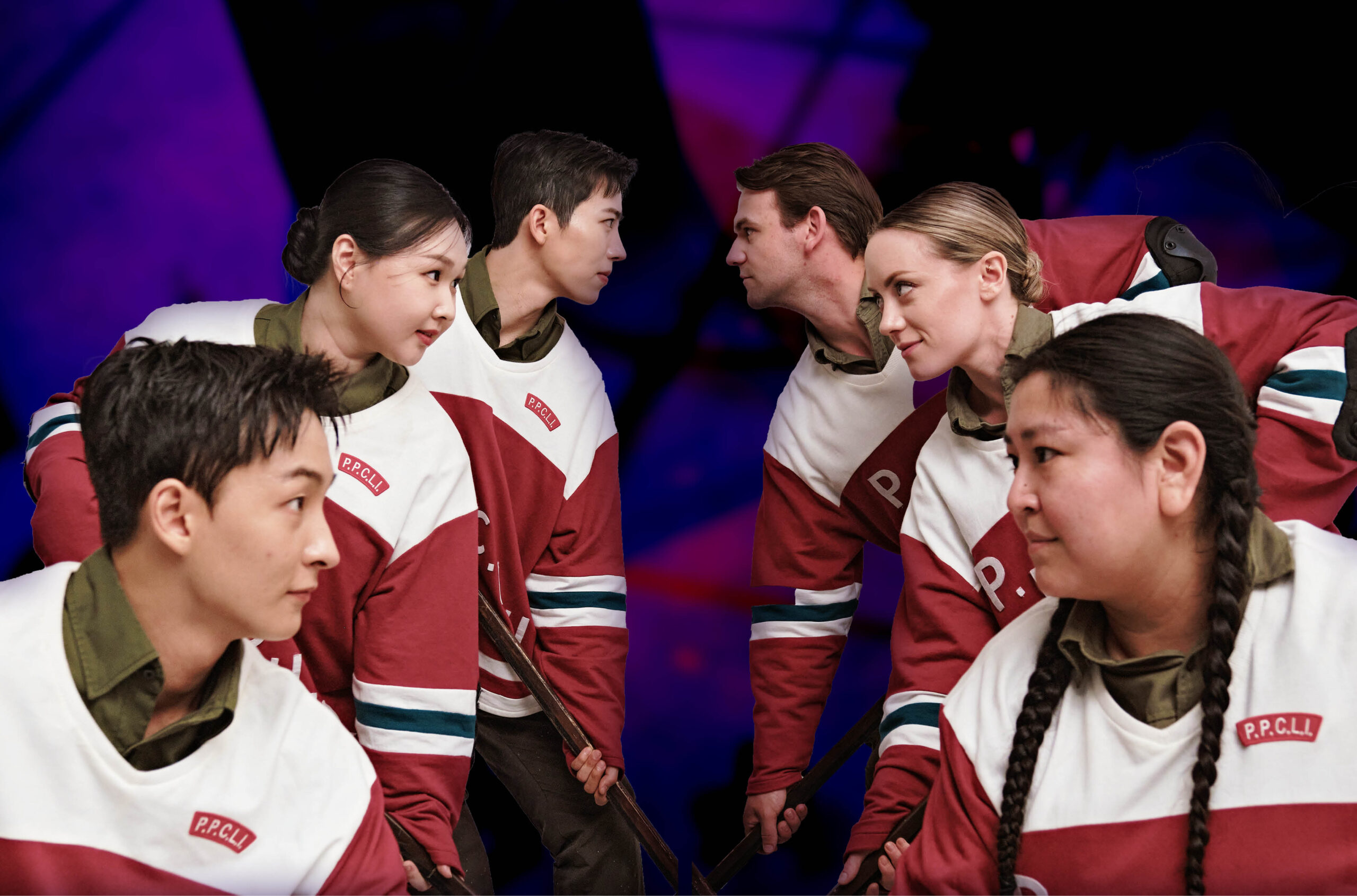
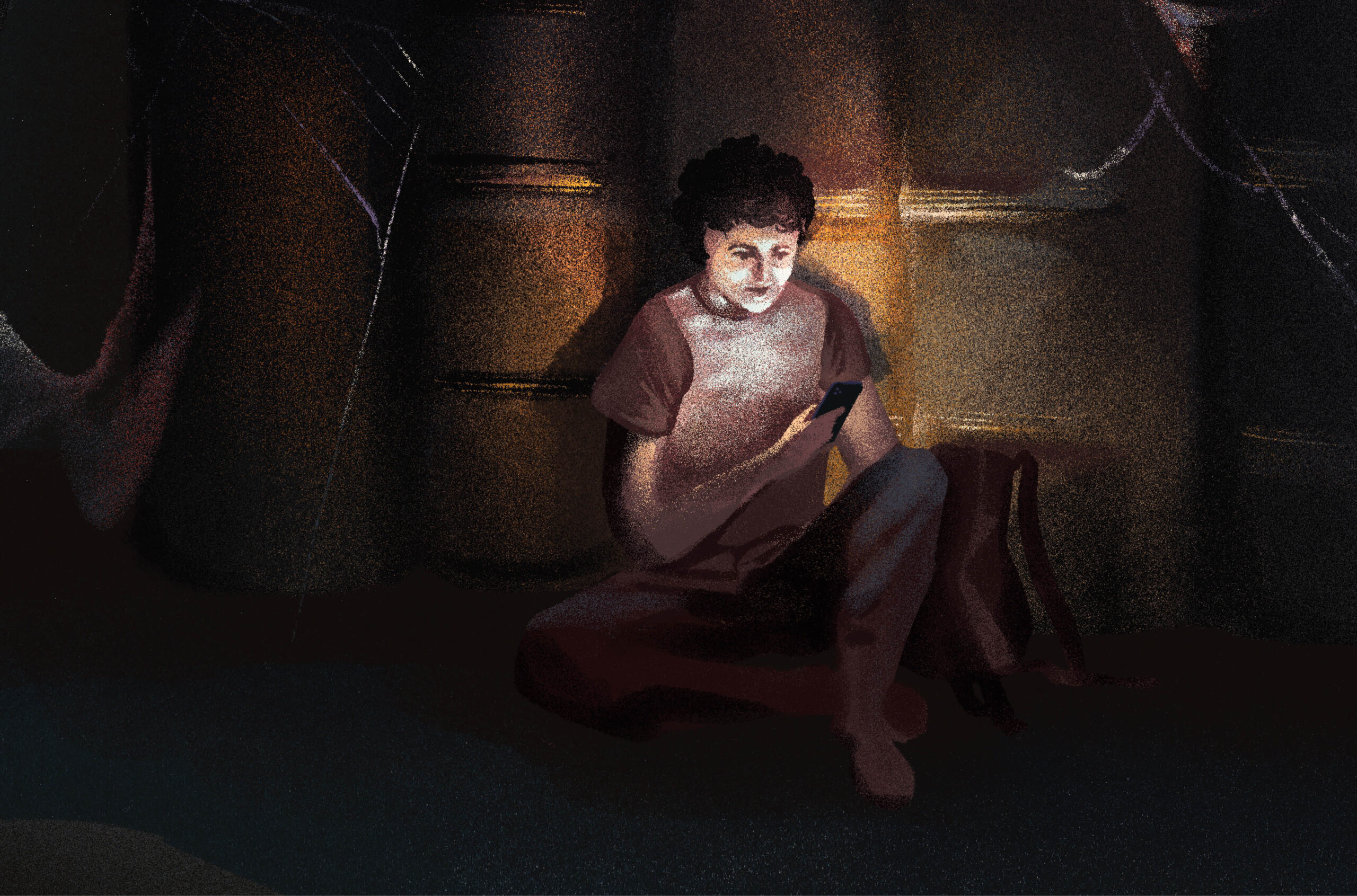
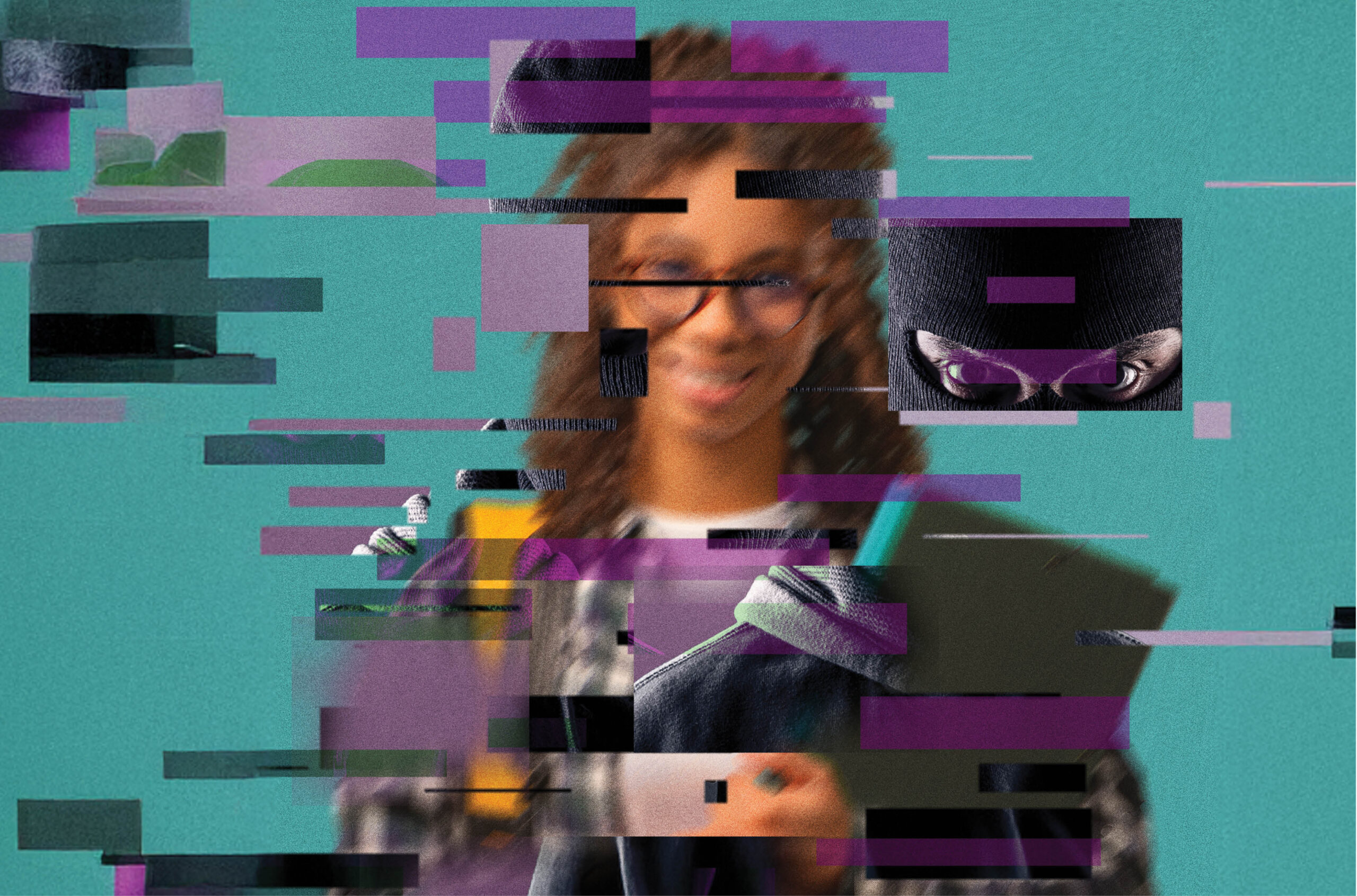



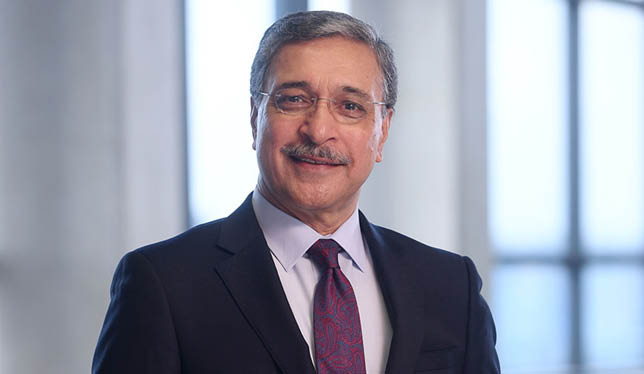
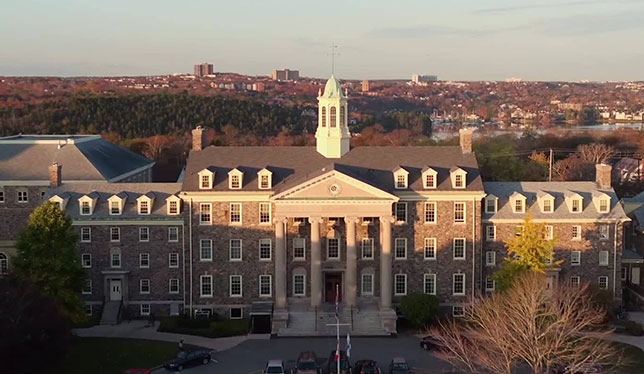
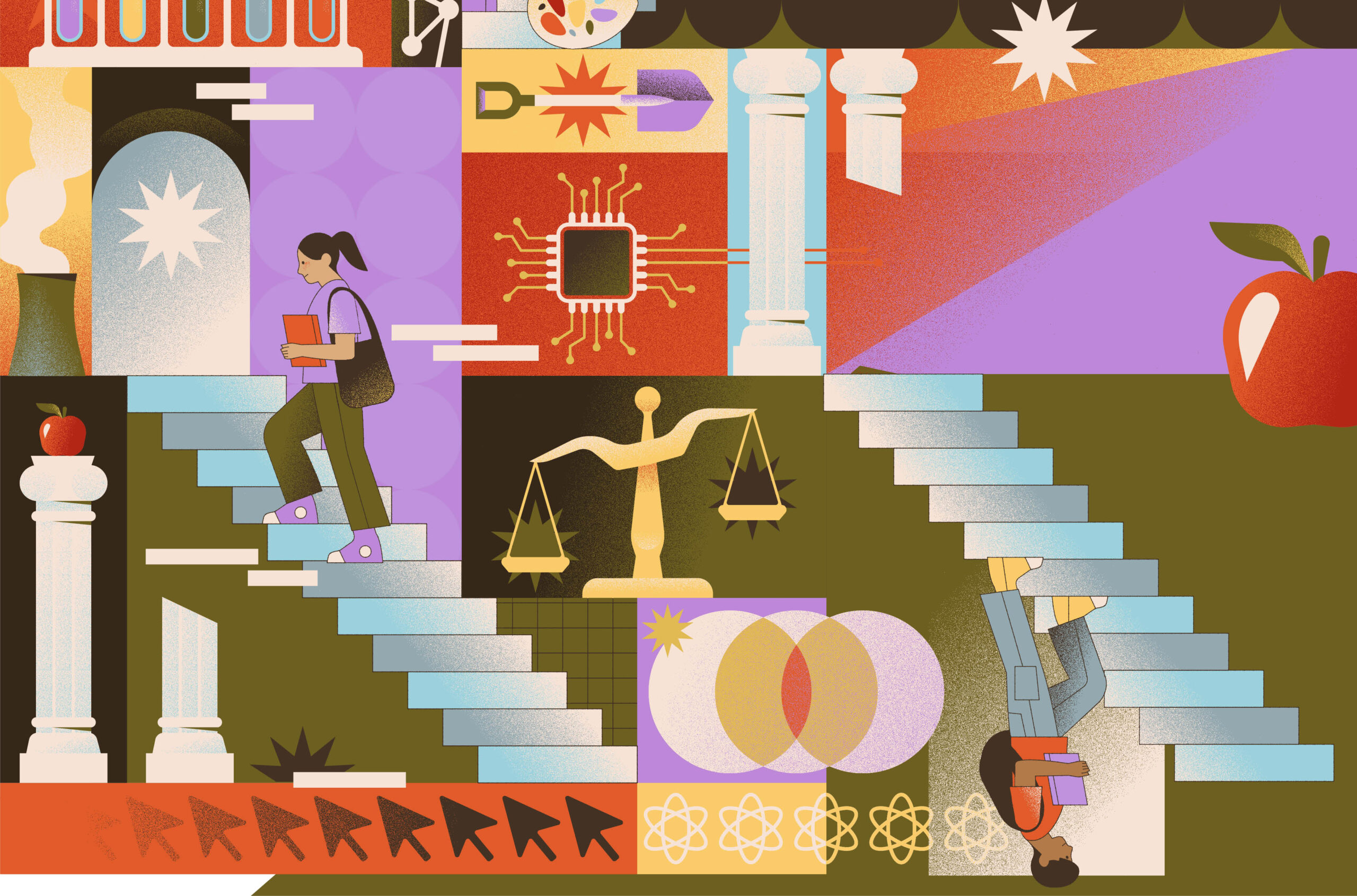

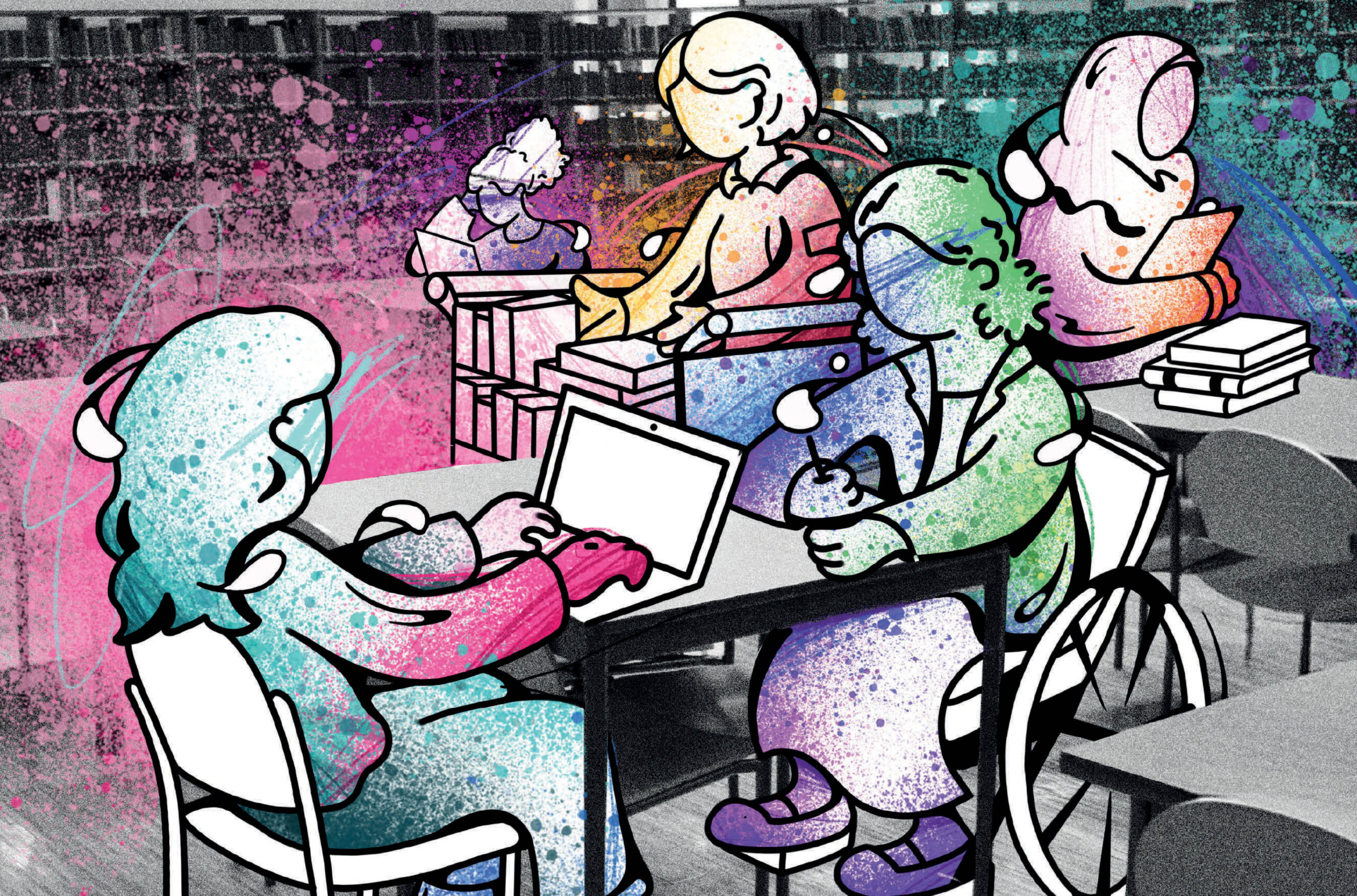

Post a comment
University Affairs moderates all comments according to the following guidelines. If approved, comments generally appear within one business day. We may republish particularly insightful remarks in our print edition or elsewhere.